Discrimination is “embedded in computer code and, increasingly, in artificial intelligence technologies that we are reliant on, by choice or not.”
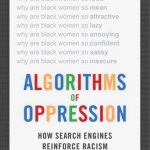
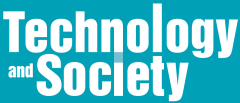

Discrimination is “embedded in computer code and, increasingly, in artificial intelligence technologies that we are reliant on, by choice or not.”

Transition phases are often arduous and chaotic. When we read about positive outcomes, we can fail to recognize the formidable gap between the initial disruption, and eventual transformation.

Smart Cities demand new strategies and forms of control. The traditional model of public regulation is challenged by a renewed relationship between technology, government, and society. We highlight the difficulties and possible solutions for regulation in the context of a Smart City, provided by the largest city in Brazil: São Paulo.
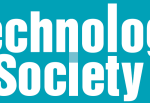
The key question for the future is that with all the investment in new technologies, by both governments and business organizations, can regulation keep up with developments?

What sense of worth and dignity can a person have when their daily activities are confined within systemic contraptions where personal input, originality, and initiative are either undesirable, or quantified as targets to be maximized?

U.K. democracy is out of date. It isn’t built to deal with digital tools that have unprecedented potential to manipulate the public.

Gerald (Jerry) Engel, a past President of IEEE-SSIT, has died.

Innovative Information and Communication Technologies play an important role in e-governance and digital democracy. There is unprecedented opportunity for community collective choice, whereby citizens who are affected by a set of governing rules can help to select policy options and rank spending priorities.

As new SSIT President, I congratulate the three people who were elected to the Member-at-Large positions on the SSIT Board of Governors for three-year terms beginning in 2019.

Politics required dialogue, deliberation, negotiation, and compromise. But now there is a dispute over the facts themselves.

Oliver Heaviside (1850-1925) is now considered a maverick of electrical science, but he could also be considered the founder of that subject.
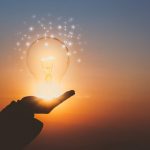
Becoming Like a Child for Technological Advancement. Wound Man affords us a vivid reminder of our physical finitude; we are mortal creatures who are susceptible to wounds, injuries, and contagions. And yet, #WoundPerson challenges us to better attune ourselves to our non-physical vulnerabilities and weaknesses.
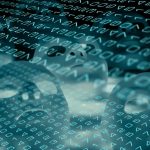
Will AI be our biggest ever advance — or the biggest threat? The real danger of AI lies not in sudden apocalypse, but in the gradual degradation and disappearance of what make human experience and existence meaningful.
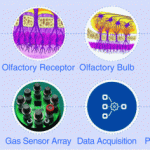
Given the current lack of regulation, there is nothing in principle to stop unscrupulous organizations from deploying surreptitious robotic olfaction.
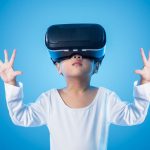
As VR has hit the mainstream, much debate has arisen over its ethical complexities. Traditional moral responsibilities do not always translate to the digital world. One aspect we argue is essential to ethical responsibility for virtual reality is that VR solutions must integrate ethical analysis into the design process, and practice dissemination of best practices.
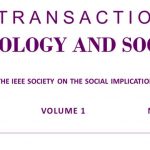
SSIT launches a new publication: IEEE Transactions on Technology and Society

In a September 2018 vote, the IEEE-SSIT Board of Governors elected Bob Dent as President-Elect of the IEEE Society on Social Implications of Technology (SSIT). He will assume the office of SSIT President on January 1, 2019, for a two-year term ending December 31, 2020.

Many recent advances in implantable devices not so long ago would have been strictly in the domain of science fiction. At the same time, the public remains mystified, if not conflicted about implantable technologies. Rising awareness about social issues related to implantable devices requires further exploration.

It’s interesting that the first major science fiction novel was written by a woman and perhaps significant that it presents a dark vision of scientific experimentation.

The level of state surveillance practiced in the supposedly illiberal regimes prior to fall of the Berlin Wall is now routinely accepted, from the widespread use of CCTV to online tracking and data recording. Therefore, instead of labeling a display of genuine concern as “paranoia,” perhaps a lack of genuine concerns should instead be stigmatized by a “disease” or a “disorder”: complacentosis, complyaphilia, complicivitis, ignorrhea.